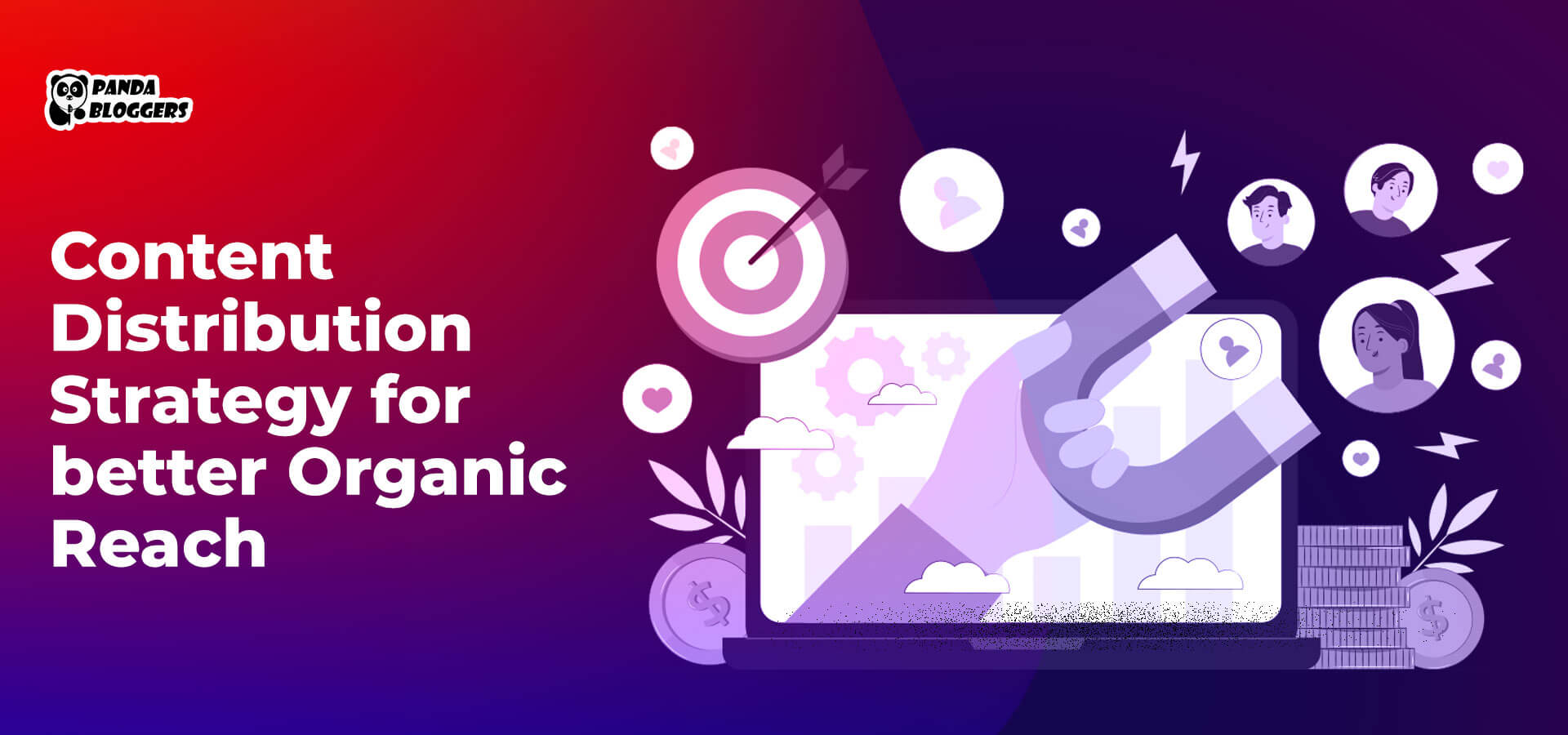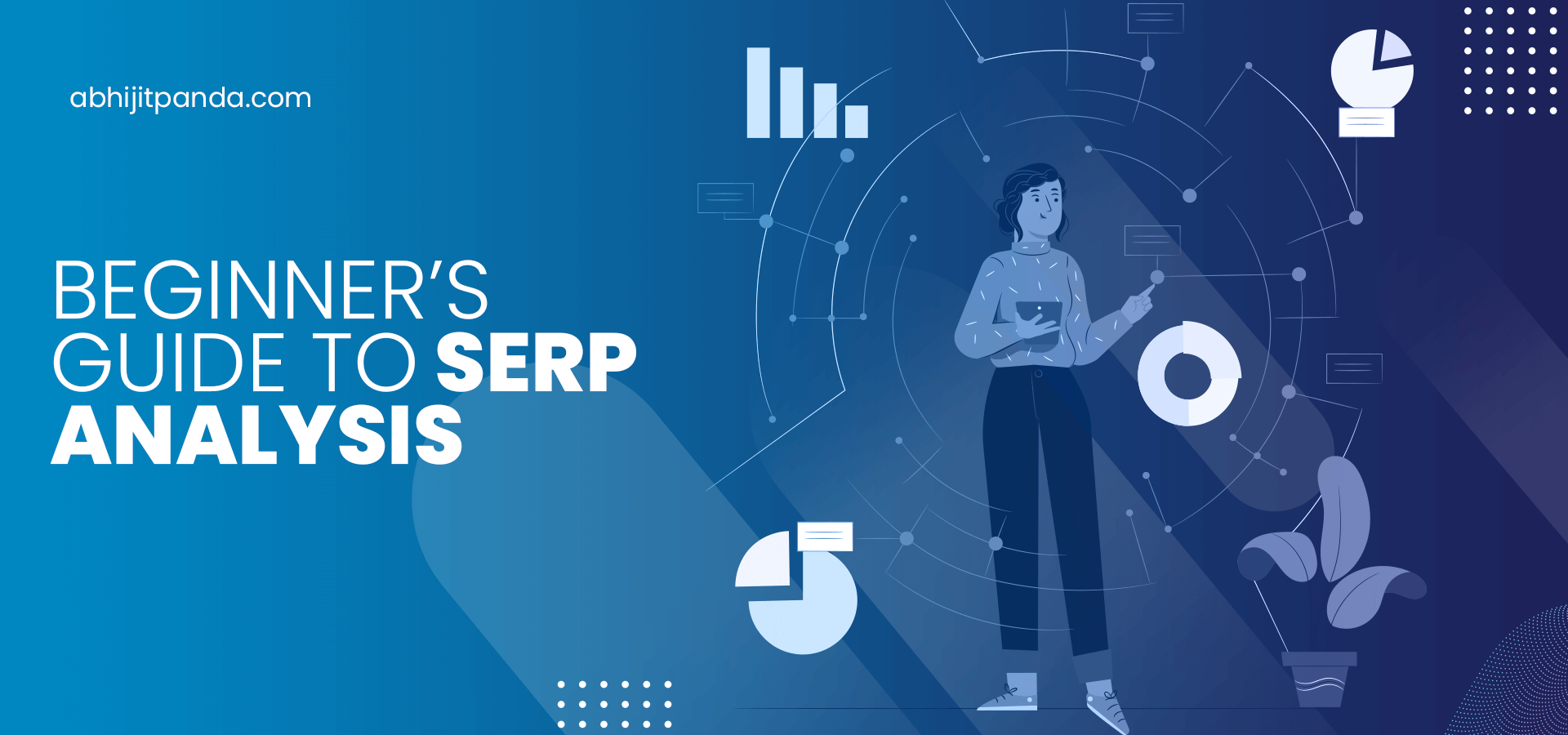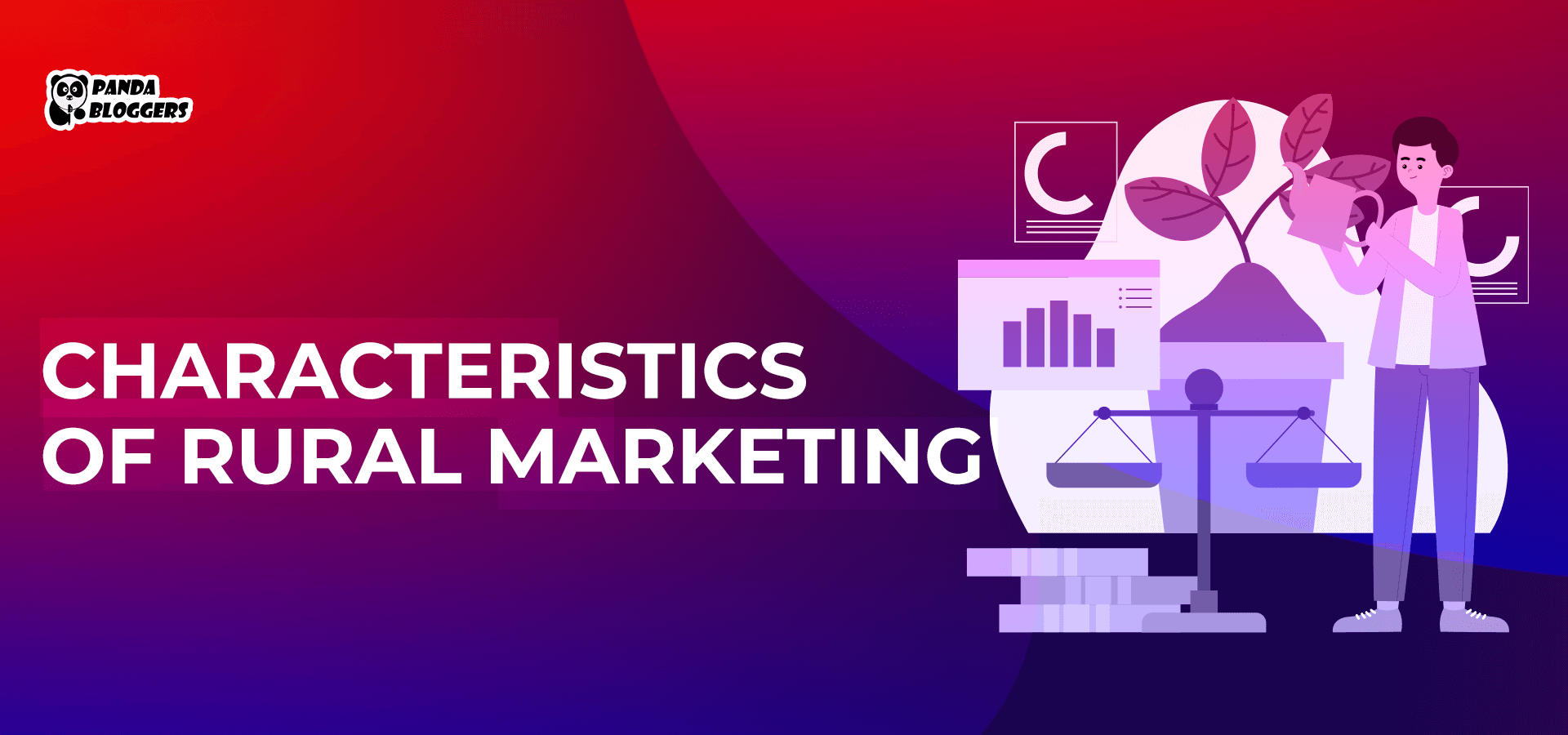 Content Distribution Strategy for Better Organic Reach
Content Distribution Strategy for Better Organic Reach
As a tried-and-tested strategy, content marketing creates opportunities for enterprises to increase website traffic, generate more leads, create brand awareness, and drive sales conversions. However, the outcome of content marketing strategy depends on the type of content a company produces and the channels it uses for distributing and promoting the content.
Content distribution is a crucial step in content marketing processes that focuses on the publication, promotion, and sharing of digital content using the best channels. While making a content distribution strategy, marketers explore ways to leverage three distinct groups of channels – owned, paid, and earned.
Their owned content distribution strategy focuses on promoting content using a company’s own web properties like websites, blogs, social media profiles, and newsletters. At the same time, the earned content distribution strategy explores ways to increase content reach by publishing guest posts, getting press coverage, and increasing social media likes, shares, and mentions.
Also, companies implement a paid distribution strategy to promote content using pay-per-click (PPC) or cost-per-click (CPC) advertisement options provided by major search engines and social networks. However, seasoned marketers always increase the organic reach of various forms of marketing content by adopting a slew of best practices.
9 Best Practices to Make a Content Distribution Strategy Increase Organic Content Reach
Understand the Target Audience
Like content creation strategies, content distribution strategies must focus on identifying and understanding the target audience. Marketers often identify the ideal customers by creating buyer personas based on real-time data.
The buyer personas make it easier for them to divide the audience base into multiple categories or segments using specific parameters. Also, they help marketers identify what channel the target audiences use while accessing and consuming content.
Combine the Right Distribution Channels
Many websites and social networks these days allow marketers to publish content freely. However, some platforms increase content reach in the longer run. Likewise, some platforms are not effective in achieving high content reach.
Hence, the content distribution strategy must focus on identifying and combining the right organic distribution channels. Marketers increase content reach organically using owned distribution channels along with selected shared and organic distribution channels.
Create a Content Calendar
An effective content distribution strategy always focuses on promoting the right content using the right channels. Marketers streamline content publication and promotion activities by creating content calendars.
The calendar helps them track the type of content published or to be published on specific platforms. Also, marketers can refer to the calendar to ensure that content is distributed evenly across targeted channels and platforms.
Create Engaging and Shareable Content
Content distribution cannot accomplish marketing goals if the content is not engaging and shareable. Content creators must explore ways to keep the target audience engaged and make them share the content.
Many content creators these days boost content distribution by including statistics and graphics in textual content. Also, they make readers share and promote the content organically by keeping the content visually appealing and easy to read.
Optimize Content for Search Engines
Marketers leverage search engines as the most prominent organic content distribution channels. They instruct content creators to optimize content for search engines by including primary and long-tail keywords.
Likewise, content writers meet search engine guidelines by optimizing page titles, using appropriate headers, and creating internal links. However, marketers optimize the content at the time of publication using the SEO options provided by publishing platforms.
Recycle and Repurpose Content
Most enterprises lack the resources required to publish fresh content for each targeted distribution channel regularly. Marketers overcome this constraint by recycling and repurposing content. However, they always consider the features and audience of individual platforms while repurposing content.
For instance, marketers use specialized tools to convert blogs into video blogs. Likewise, they add a human touch to the content by introducing content creators and marketers. Brand humanization makes the content distribution strategy effective in building and sustaining relationships with the target audience.
Run Cross-Platform Campaigns
It is always advisable to create content for each targeted distribution channel. However, cross-platform campaigns are essential to increase content reach in a short amount of time. Content distribution strategy must facilitate cross-platform campaigns by grouping similar platforms and channels.
For instance, marketers enhance content reach by posting the same images and infographics on Facebook, Instagram, and Pinterest. Likewise, they use special-purpose tools to publish the same content simultaneously on multiple social networks.
In such cases, marketers plan cross-platform campaigns individually. They use specific digital marketing assets to accomplish shared content marketing goals. The cross-platform campaigns boost content distribution strategies by getting more views, likes, and shares organically.
Experiment Regularly
The popularity of external distribution and publication channels changes from time to time. For instance, user engagement reduced significantly after Thread’s daily active users crossed 49.3 million globally. Likewise, the number of average daily tweets decreased by about 25% after Elon Musk acquired Twitter and rebranded it as X.
That is why; content distribution strategy must experiment with new channels while leveraging popular channels and platforms. Likewise, they should experiment with various content forms and post times regularly. The experiment will help them enhance organic content reach by leveraging new and emerging channels.
Monitor, Measure, and Analyze Results
While making a content distribution strategy, marketers understand that some content types, platforms, and post times are more effective in accomplishing marketing goals. That is why; they define the metrics and KPIs for measuring results in advance.
These KPIs help them understand what is working and what is not. Also, marketers improve the metrics by prioritizing a specific content format or platform over others. The KPIs help them experiment with new channels and platforms while running cross-platform campaigns.
Conclusion
Marketers these days distribute and promote content using owned, paid, and earned channels. However, they use organic reach as a key metric while measuring the performance of content marketing strategies. They explore ways to increase content reach without using paid content distribution channels. Marketers adopt several best practices to make the content marketing strategy effective in enhancing content reach without escalating digital marketing costs.









Leave a Reply